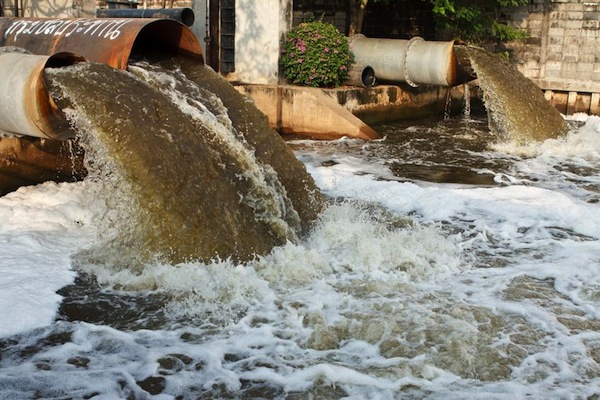Waste Water Treatment Technologies and Techniques
The management of wastewater is crucial to the environment and even to plant and animal life in the ecosystem. It eliminates harmful active ingredients, which would be dangerous if ingested or absorbed by plants. Research has shown that crops grown on untreated wastewater can pass on some of the contaminants to humans after consumption. Treatment also prevents contamination of fresh water sources. Treated water can then be used for irrigation, laundry and even for consumption.
Harmful Substances in Wastewater
These include pesticide molecules, oily substances, heavy metals and even fecal coli forms which lead to development of E. coli and salmonella bacteria’s. Industrial waste products may contain acids such as hydrogen sulfide, which is corrosive.
Origins of Oily Suspensions in Wastewater
Organic chemicals mixed with inert products are present in wastewater. They contain materials like surfactants, emulsifiers and oil hydrocarbons. When these materials are mixed with water there develops emulsions .When these emulsions develop they may interfere with normal functioning of water treatment units and the efficiency of the operation. Demulsification is therefore very crucial before treatment.

Wastewater Pretreatment Methods and Emulsions Breaking
Various types of emulsions occur in wastewater treatment. Oil in water emulsions have oil, which is a hydrophobic solvent, dispersed in an aqueous medium. Oil and water soluble demulsifiers are used to cause the separation of the water molecules from the oil molecules during the water pretreatment stage.
Other pre treatment measures of wastewater purification include membrane filtration, chemical assisted clarification and settling processes.
Main Water Treatment Technologies
Use of activated carbon is the main technology used in the removal of organic impurities in wastewater and is done by a process of adsorption. Activated carbon can be coal, or wood which has been dehydrated, carbonized and oxidized to produce a very adsorbent material. The material provides a large surface area by the high number of absorbing pores per mass unit. Water flows through these particles and the organic molecules are trapped in the pores.
Chemical Oxidation and Precipitation
This is the process whereby pollutants are modified into less toxic substances through the action of an oxidizing agent. In this process, electron transfer occurs from the oxidant to the targeted pollutants changing its structure. One of the recognized processes of chemical oxidation is called alkaline chlorination, which uses chlorine as sodium hypochlorite to remove products such as cyanide and other active substances.
Hydrolysis in Wastewater Treatment
Unlike oxidation, hydrolysis leads to complete alteration of the original molecule and forms two or more molecules. The half-life of the reaction and the PH are critical factors in hydrolysis. A higher temperature is also more favorable for the hydration reaction.
Conclusion
Treatment of wastewater is a crucial process for the environment because it eliminates the harmful and toxic molecules that could be in the water. Some of the harmful products in wastewater include oily substances, pesticides active ingredients, heavy metals and fecal contamination. Water-soluble demulsifiers break the emulsions occurring due to presence of organic compounds in the wastewater. Activated carbon is used to filter out the organic molecules in the wastewater. Other processes of water purification include chemical oxidation and the hydrolysis reactions.
This article has been written by Govind Patel.